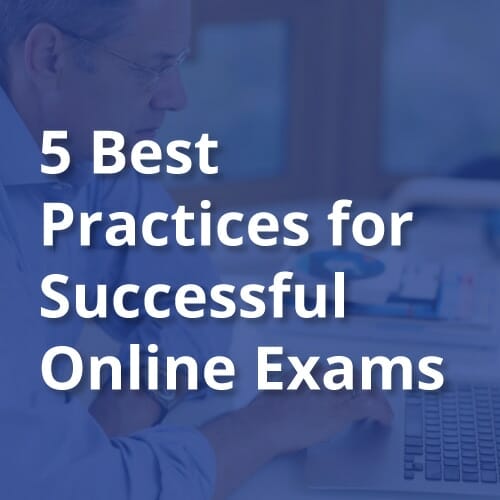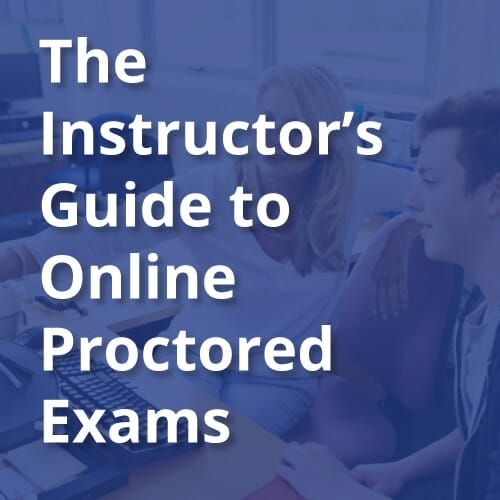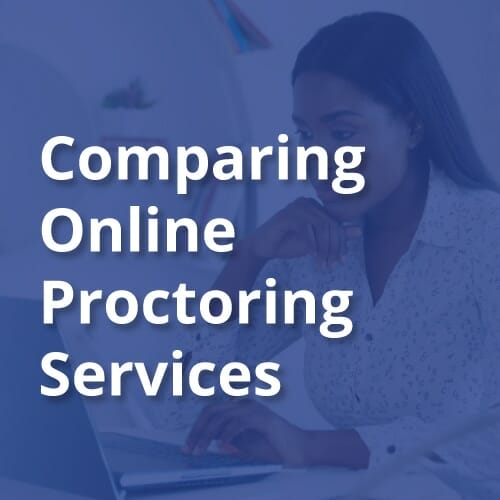If you are a leader now or just being called to lead during the COVID pandemic, leadership right this moment is feeling not so fun. Figuring out a plan forward is critical, but it is also daunting.
Higher education leaders play a pivotal role in helping their institutions not only cope but succeed in these difficult times.
Though it seems overwhelming, it is paramount to get out of the gate quickly and pull together a workable strategy for going forward. This is no different than what you’ve been doing in crisis, but this lens is more about how do we get through the shock of it all and use our academic leadership skills and talents to not only surmount this challenge but also prepare for the next pandemic, the next business interrupter.
Chief Learning Officer magazine provided an article using the ADAPT model for leading through change that we’ve adapted slightly to apply to the situation we find ourselves in at present.
Analyze
Analyze the impact on your institution. Evaluate how this pandemic will affect your students, your colleagues, and how work gets done. Some key questions to consider are:
- How prepared are we to do more with less? Now that the newness of the crisis is waning, have we assessed who may need additional training?
- Are we becoming familiar with the telework shift — both in terms of the work process and technologies as well as the change in mindset from in-person to virtual? What needs to happen to take this to the next level. How will we go from alarm/reaction to a higher level of proficiency?
- Has our supply chain been impacted? What are the provisions to address this? For example, do we need to secure, onboard and train new suppliers in the face of this pandemic? This can be applied to people, supplies or even hardware/software needed to succeed.
- Do we need to ramp production at our schools and colleges and, if so, does that require onboarding newly hired personnel or cross-training current employees? What can we do to reduce ramp-up time? Do you need more instructional designers? How do you ramp up those designers to be able to support your move to digital? What do they need to know? Do you need to do your own instructional design?
Devise
Devise a plan to engage your community. The impact analysis should drive both the audience and the topics. This where every bit of your performance-consulting acumen will be leveraged to quickly and effectively tease out the specific challenges and discuss the impact on human capital. Starting with the end in mind (an actionable plan with roles/responsibilities) will help ensure you keep focus, get buy-in and establishes a clear path forward in terms of the next steps.
Assess
Assess your options. Tough times call for new approaches and new ways of thinking. If you still leverage instructor-led training, what is your business continuity plan? Key considerations include unwinding all the various ILT planning and logistics; evaluating other modalities, namely virtual instructor-led training; and migrating existing ILT into new modalities.
Finally, if there ever was a spot-on situation for microlearning, this is it. We shouldn’t limit ourselves to micro elearning, either. All options should be on the table: podcasts, videos, infographics, quick reference guides, and so on. Less is more — more on-point learning and more opportunities to create additional content.
Prioritize
Prioritize your plans. In times of turmoil, everything seems important and things can quickly turn chaotic. Some training will need to take precedence over others and hard decisions will have to be made. Just like some international hospitals are having to triage patients, so might we need to triage learning. Some learning will be strategic and therefore high priority while other training will be addressed in a more tactical manner and with less priority. The key to prioritizing your plans involves consulting your department head, a trusted mentor, or another leader to get another point of view and a second set of eyes. This person can check if your plan is on-target, is close but could be tweaked, or has some gaps or blind spots that need to be addressed. Having a second opinion to glean objective insights will not only validate your plan but help you achieve needed buy-in and set your plan up for a successful implementation.
Track
Track both projects and intelligence. “The whole is greater than the sum of the parts” applies here. Efforts should not be managed as a series of disparate, disconnected projects. There needs to be a master plan that oversees all individual projects in a coordinated way (program management). Things are very fluid, and priorities may need to shift. Keeping a dashboard view of all the moving parts allows the learning leader to manage to the strategic outcomes and adjust individual components as needed to ensure the overall needs of the institution are being met. This is also a great time to turn data into information. Are we tracking for completion or for competence? Any data generated should be leveraged to inform future learning solutions to benefit both the learner and the institution.
ADAPT
This unprecedented time offers both challenges and choices:
- Moving from reactive to more of a proactive stance
- Leading versus managing
- Being a catalyst for creative solutions that help drive your institution through this period of difficulty and uncertainty
Now is the time for learning leaders of all stripes in all areas of our higher education institutions to ascend, and this ADAPT model for academic leadership skills can help you keep track of where you are in that process.
Remember, the only difference between a leader and a coward is the direction they run when they are scared.



